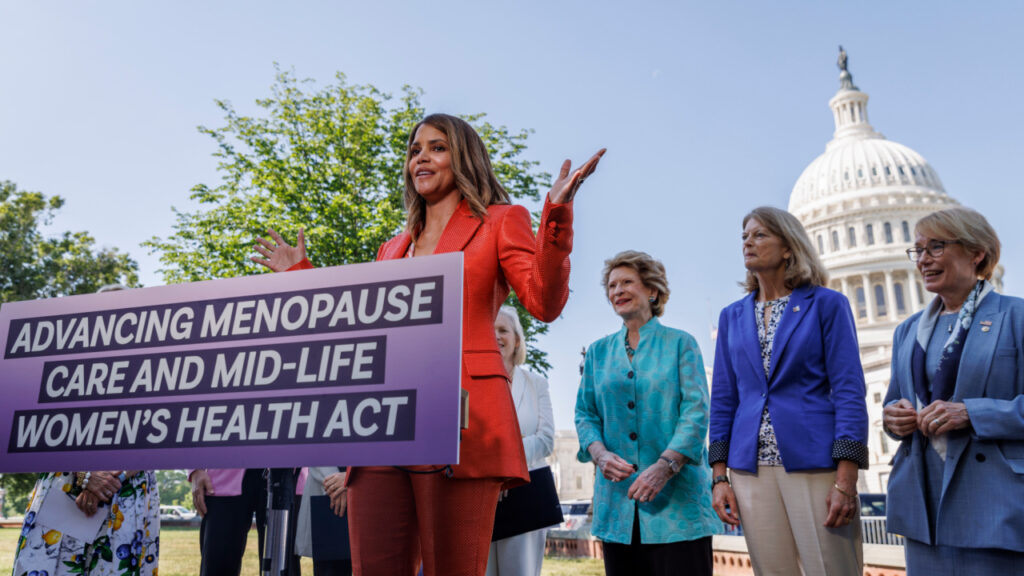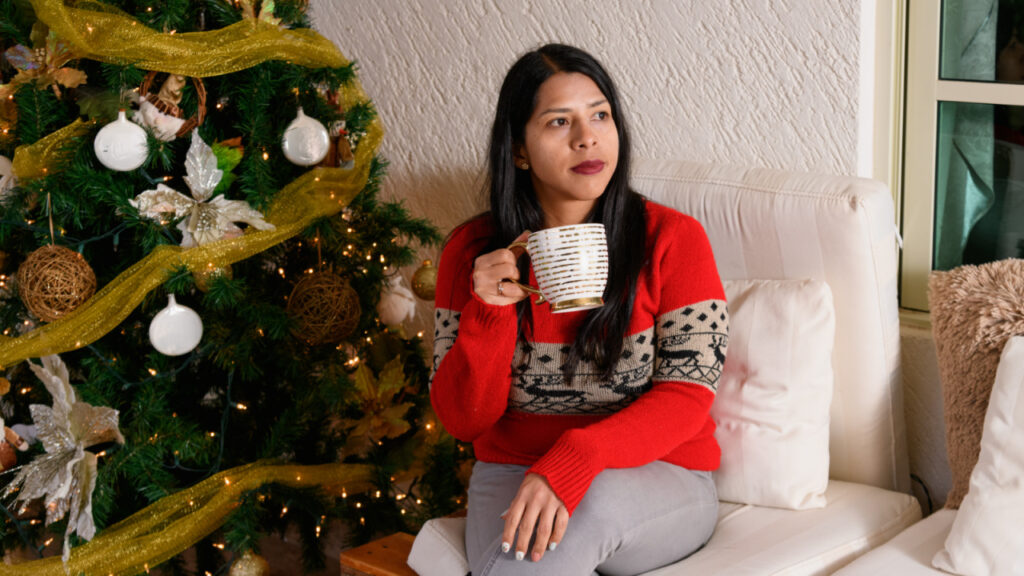Our Bodies, Our Rights: How Latinas Are Navigating the Maze of Abortion Restrictions
It has been over a year since the United States Supreme Court dealt a death blow to Roe v. Wade. The highest judicial body then set the reproductive rights of people of childbearing age in the nation back 50 years.
Of the 22 million girls and women impacted by the collapse of Roe, Latinas are the ones that bear the brunt. It is a human rights crisis that has been swept under the carpet.
The Dobbs v. Jackson decision ended Roe and dramatically altered the legal architecture of abortion. It handed the decision of whether and how to restrict or ban abortion to the states.
Since then, 21 states have instituted almost blanket bans on abortion (with limited exceptions) or banned it in the early stages of pregnancy — even earlier than legally set by Roe vs Wade. Twenty-four states still protect abortions to some degree.
How does this affect Latinas?
U.S. Latinas face unique obstacles to accessing health care. These include poverty, low-income jobs (Latinas have one of the largest wage gaps among women), and lack of insurance coverage. It also includes mistrust of doctors due to a history of forced sterilizations and other invasive practices.
Not to mention anti-immigrant propaganda, discrimination, and language and cultural barriers.
Of the nearly 6.7 million Latinas that live in the U.S., 43% between the ages of 15-49 call the 26 states that have either banned or severely restricted abortion home. That number reflects an increase of 200,000 more Latinas than last year.
Nearly one-third of all Latinas of reproductive age live in Texas, Florida, and Arizona. These are the states that have banned abortion or severely restricted it.
Abortion access is a regional problem but with global consequences
Texas, a state with 2.9 million Latinas of childbearing age, has the most draconian abortion laws. The government has banned abortion at all stages of pregnancy, the only exception being a life-threatening medical emergency. There is no exception for rape or incest.
States such as Florida and Arizona, home to 1.4 million and 585,600 Latinas of reproductive age, respectively, have severely restricted abortions.
To make matters worse, more than 3.1 million Latinas impacted by abortion bans or restrictions are mothers already. About 27% have children under three.
Bear in mind that three million Latinas living in abortion-restrictive states obstructing women’s reproductive rights are economically insecure or part of families living below 200% of the federal poverty line.
So, the effects of an unwanted pregnancy on Latina mothers could harm their children’s economic security and development.
And the situation is only getting worse
In a recent interview with NBC News, Lupe Rodríguez, executive director of the National Latina Institute for Reproductive Justice, said the conditions on the ground are deteriorating.
“The conditions on the ground and politically have actually gotten worse in many states,” she said. “There hasn’t really been any change in terms of shifting the political and legislative landscape to make it so that anything might have gotten better.”
Even though some courts have stopped abortion bans from taking hold, the legal limbo has disrupted providers, centers, and clinics. These places were where Latina women with low income usually went to obtain reproductive health care, Rodríguez said.
Meanwhile, the abortion issue seems to have died out in the political debate
Tarah Demant, National Director of Programs at Amnesty International USA, said in a recent report that by eviscerating Roe, the U.S. Supreme Court “shamefully stripped millions of their rights, women, girls, and people who can become pregnant in the United States are facing an unprecedented human rights crisis.”
“A patchwork of devastating laws now blankets the country. One in three women and girls of reproductive age now live in states where abortion access is either totally or near-totally inaccessible.”
“Massive healthcare deserts exist, forcing people to travel thousands of miles for abortion care. And a climate of fear is being purposefully sewn,” she said.
In light of the evidence that Latinas are the most impacted by the end of Roe and the oppressive laws that have followed — what is being done? It seems very little.
Meanwhile, the reproductive rights of Latinas bear the brunt of draconian abortion laws.




